India is one of the largest economically developed nations in the world in terms of territory and population. It was here that the ancient Indian culture was born and developed, giving the world many magnificent sights.
Top 10 Sights in India
India has a huge number of real wonders of the world, the country in general is like a fairy tale kingdom: the magnificent temples, palaces, minarets, mausoleums, which we remember from our school days. Separately, we can say about the natural attractions.
Taj Mahal
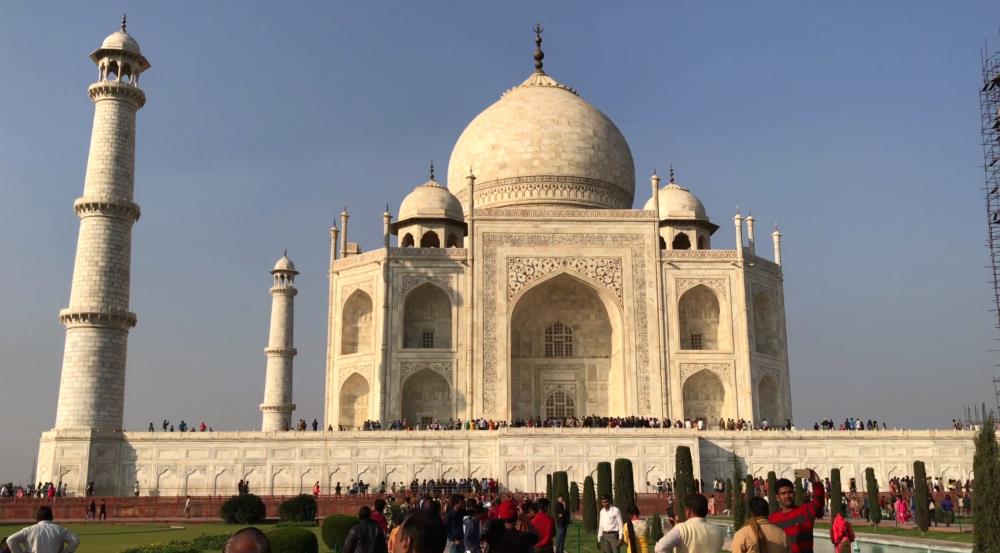
This mausoleum and mosque in Agra was built by order of Shah Jahan in memory of his wife, who died prematurely in childbirth. It is one of the finest architectural creations in India, for centuries a delight in the harmony of its lines.
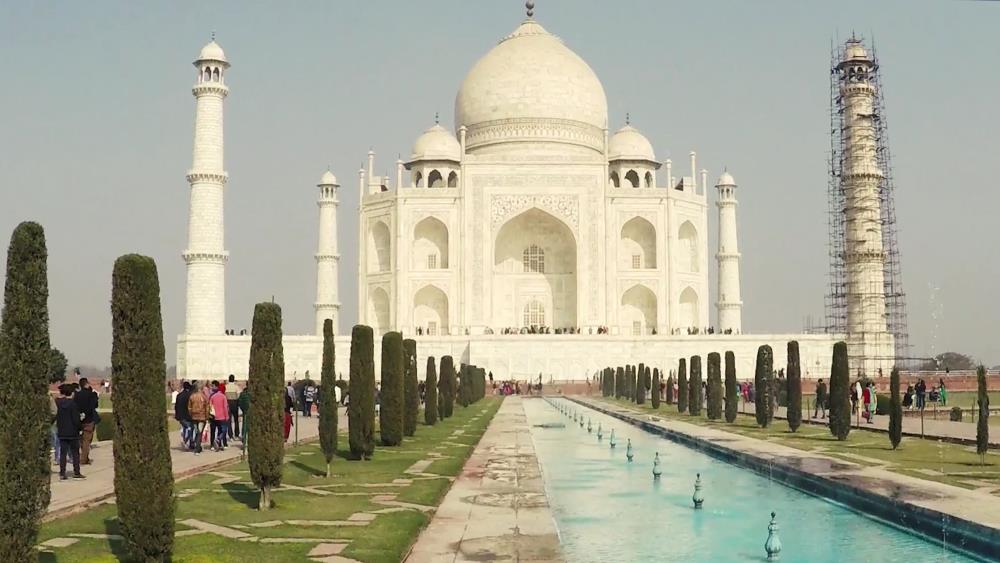
Construction of the Taj Mahal began in the early 17th century and lasted at least 12 years. Today, Shah Jahan and his wife are buried in this magnificent snow-white mausoleum. Tourists from all over the world come to Agra to see this attraction for themselves.
Varanasi City
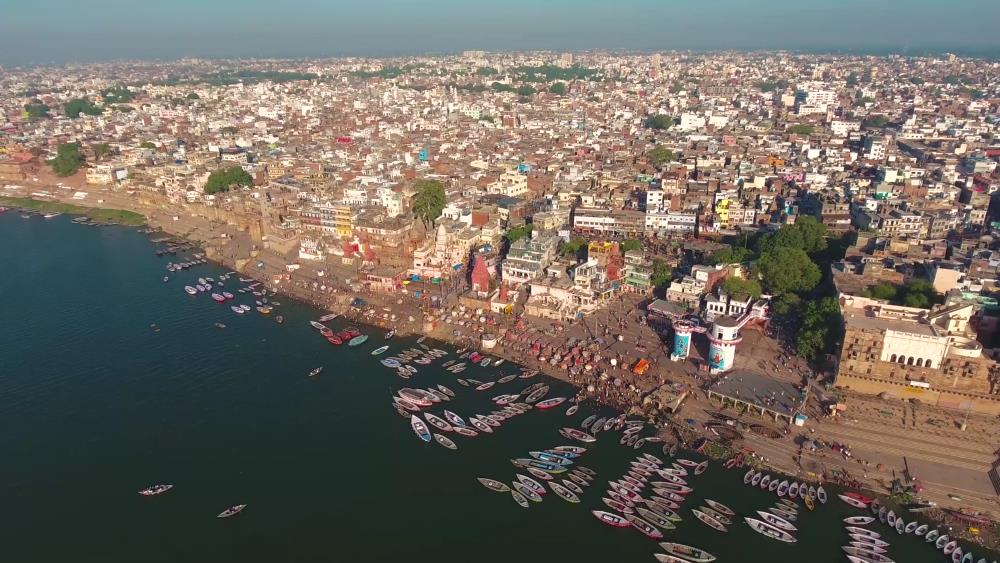
It is the oldest Indian city, as important to Hindus as the Vatican is to Catholics, i.e. which is the center of Hinduism. It is located on the country’s main river, the Ganges, and is a place of pilgrimage for Hindus from all over India and abroad.
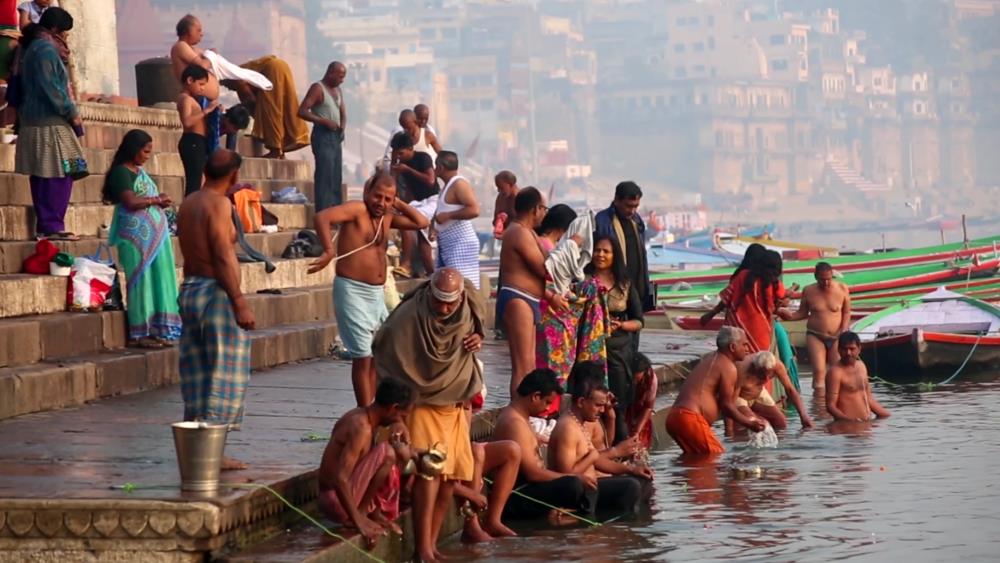
Varanasi is at least three thousand years old. It is mentioned in the Rigveda as the center of Brahmanism, science, literature and art. In terms of Indian cosmology, Varanasi is the center of the world, sung in the verses of the Skanda Purana.
Ganges River
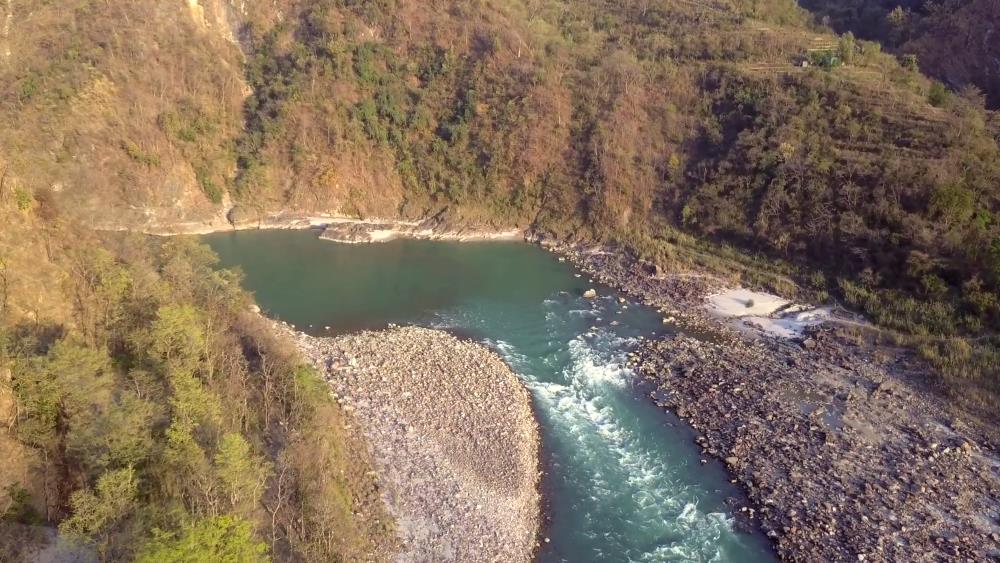
The largest Indian river, near which local tribes have settled since ancient times. It has always had, of great, decisive importance in the economy and culture of this country, the Ganges is the sacred river of the Hindus, and ablution in it is an obligatory Hindu ritual.

The Ganges originates in the Himalayan Mountains and flows into the Bay of Bengal. The river is navigable in some places. The tourist visiting India should definitely visit the Ganges to see one of the cradles where humanity was born.
Lotus Temple
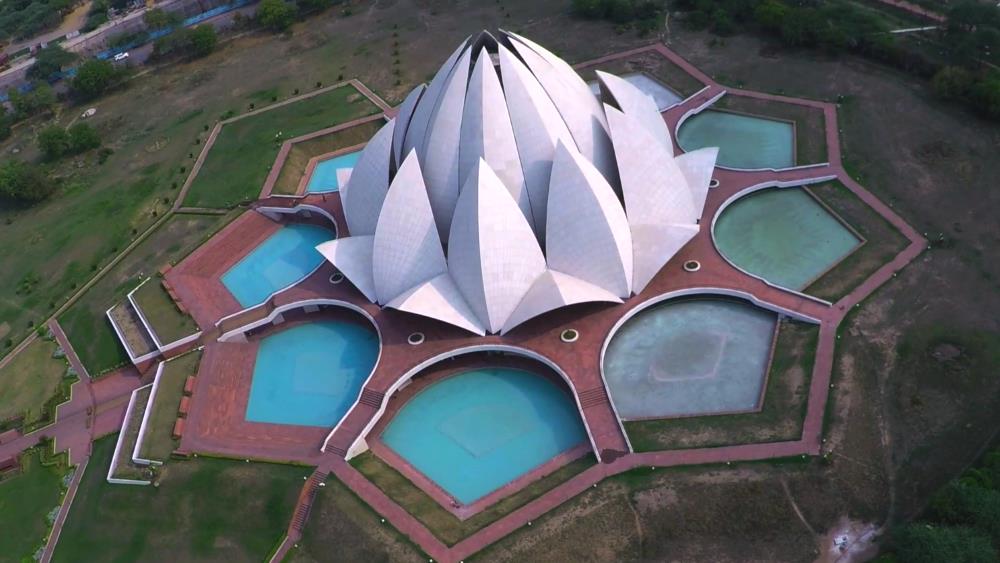
Compared to Indian antiquities, this temple is very young. It was built in Delhi in 1986 as a Baha’i center. Externally, the temple looks like a snow-white lotus flower, it looks extremely spectacular, and is much loved by tourists from all over the world.
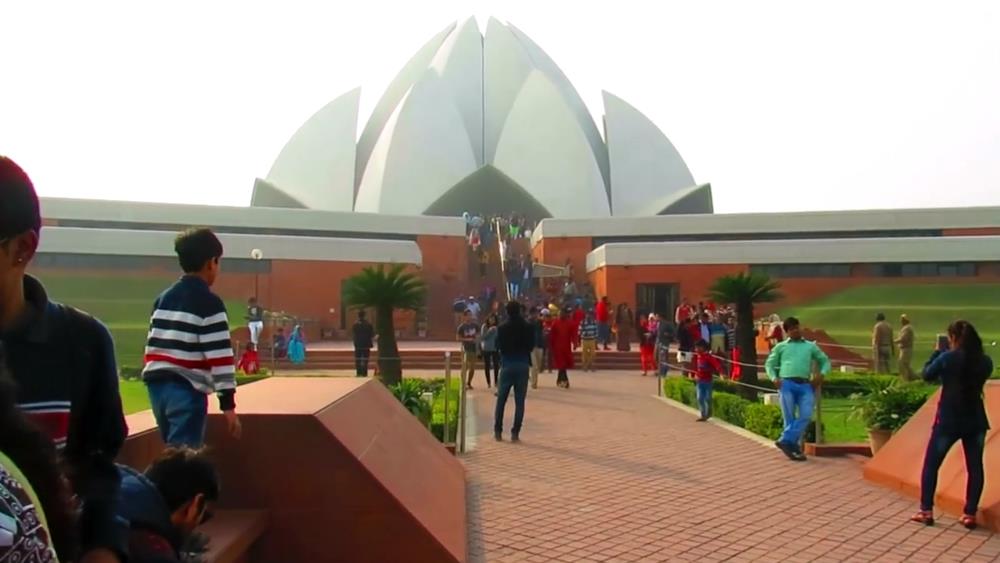
Around the Lotus Temple there is a beautiful garden, the combination of the magnificent architecture and the exquisite natural beauty of the flowers of the garden is a real aesthetic pleasure. The Lotus Temple today is the religious and tourist center of Delhi.
Ajanta Cave Temples
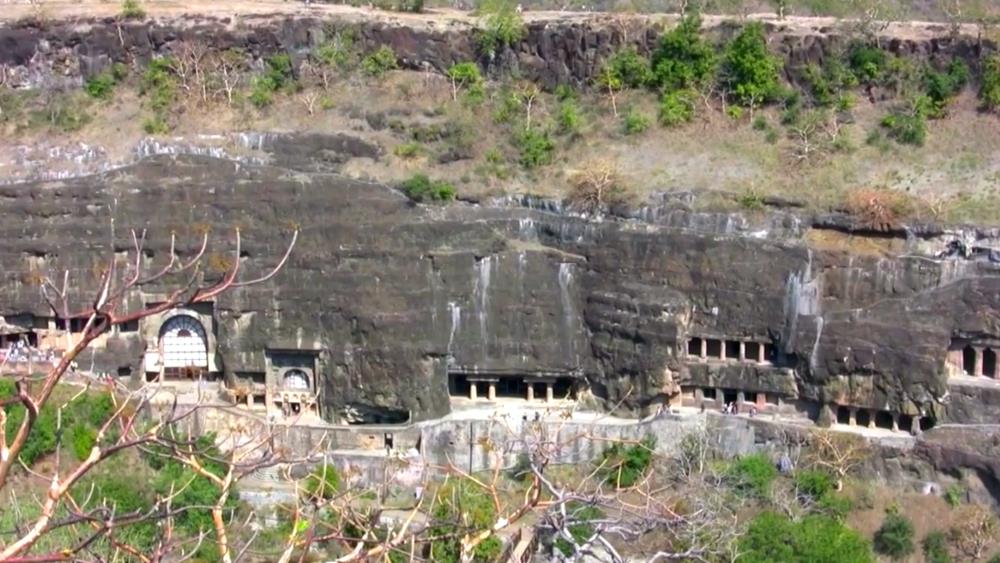
These Buddhist temple and monastery complexes are located in 29 caves in the state of Maharashtra. There you can see the prayer halls, the cells for the monks and the shrines with statues of Buddha. On the walls of the caves are ancient paintings based on Buddhist myths and legends.
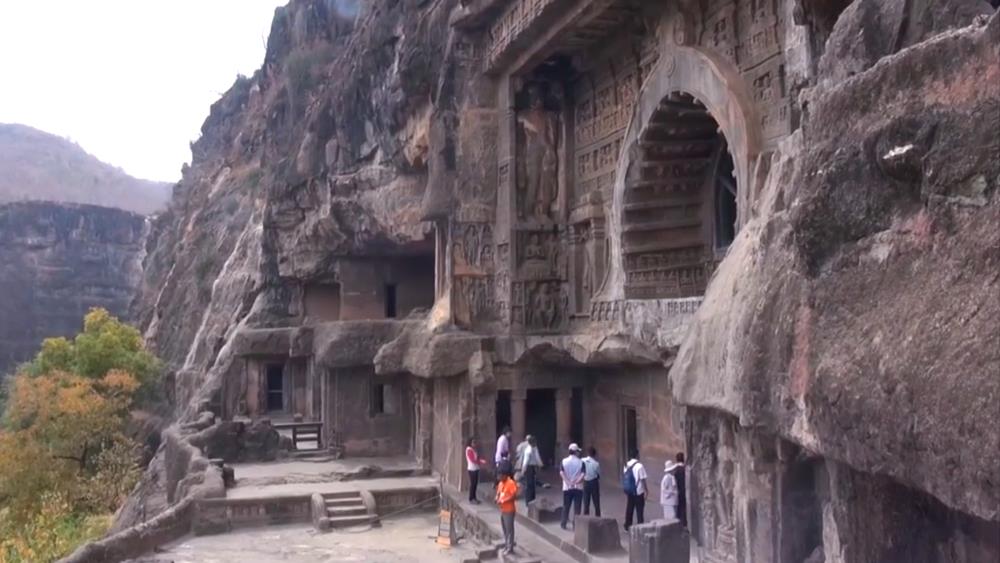 Cave temples began to be carved into the rocks from the 2nd century B.C. And the best examples of architecture and painting in Ajanta were created in the 5th century AD. Today it is a UNESCO World Heritage Site and one of the most interesting places in India.
Cave temples began to be carved into the rocks from the 2nd century B.C. And the best examples of architecture and painting in Ajanta were created in the 5th century AD. Today it is a UNESCO World Heritage Site and one of the most interesting places in India.
Qutb Minar Minaret

This minaret in Delhi is considered to be the tallest of its kind in the world, made of brick. It was erected in the 12th and 14th centuries during the reign of the Delhi Sultanate in India and is more than 72 meters high.
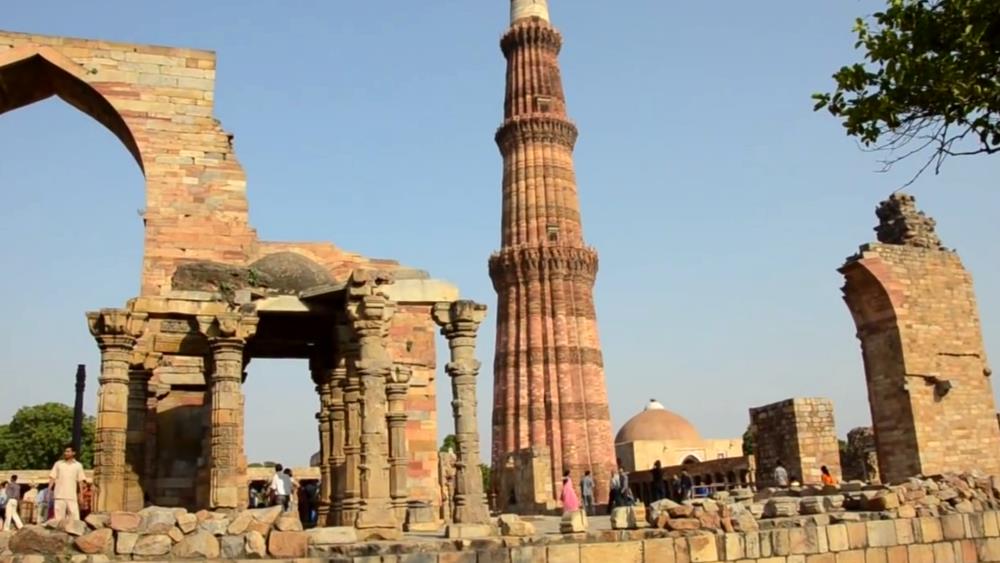
It is a truly unique monument of the Indian Middle Ages, which today is protected by UNESCO. To this day, the Qutb Minar minaret fulfills its cult function (from which Muslims are summoned to the mosque to pray), making it the main attraction of South India.
Akbar’s Tomb in Sikandra

Akbar the Great was one of the most revered Muslim rulers of India, a patron of science and art. For him, even during his lifetime in the early 17th century, the construction of this magnificent temple and shrine began.
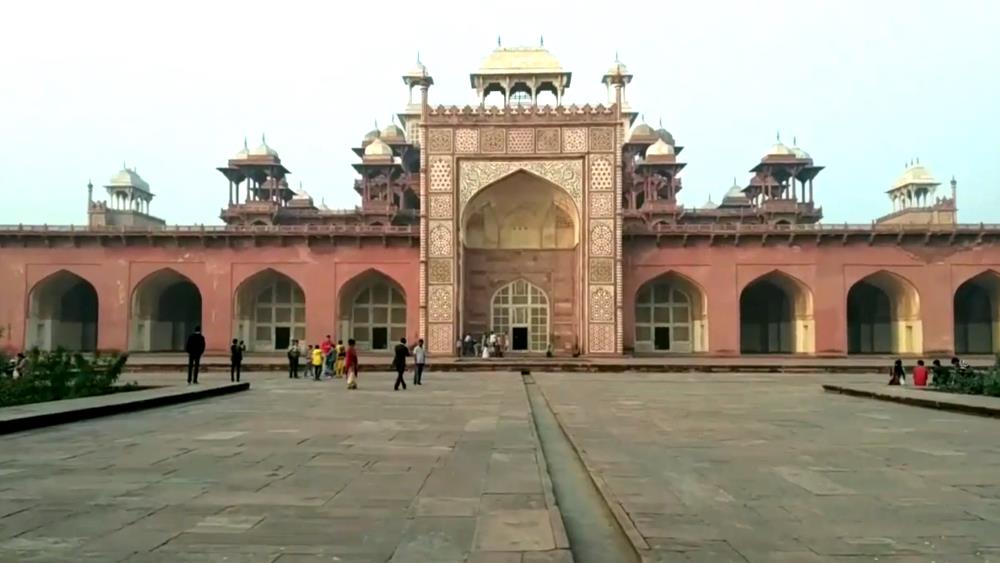
Today the memorial is surrounded by a strong wall with four patterned gates along the sides of the world, made of red sandstone, but only the southern gate is real. The minarets are of white marble. Akbar’s sarcophagus stands in the middle of the courtyard, and the ruler himself and his wives are buried under it in the underground catacombs.
National Museum in New Delhi
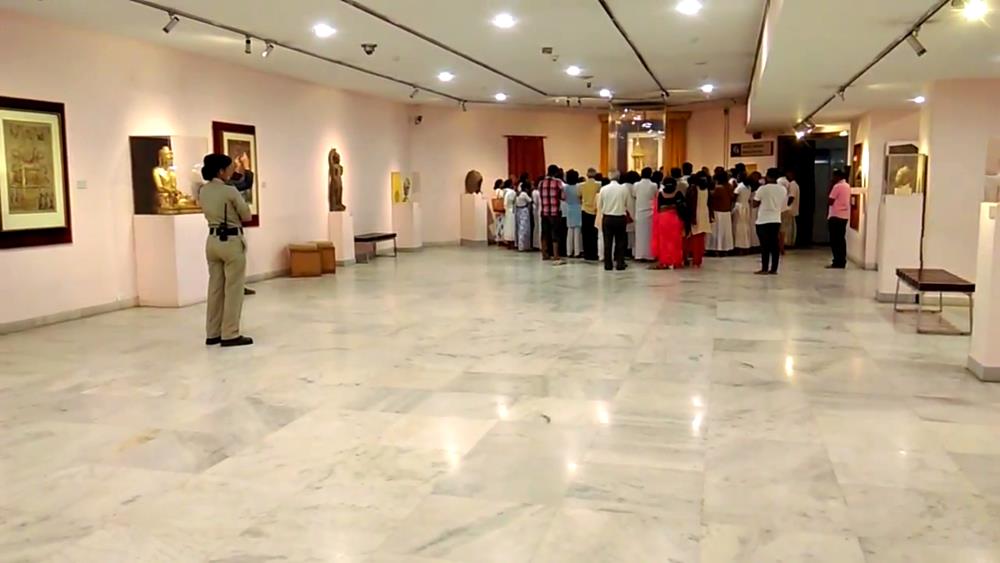
It is the largest museum in India, with huge archaeological collections, artifacts of Indian history, religion, culture, art. In the mid-20th century, a famous Indian exhibition was held in London, which laid the foundation for the museum.
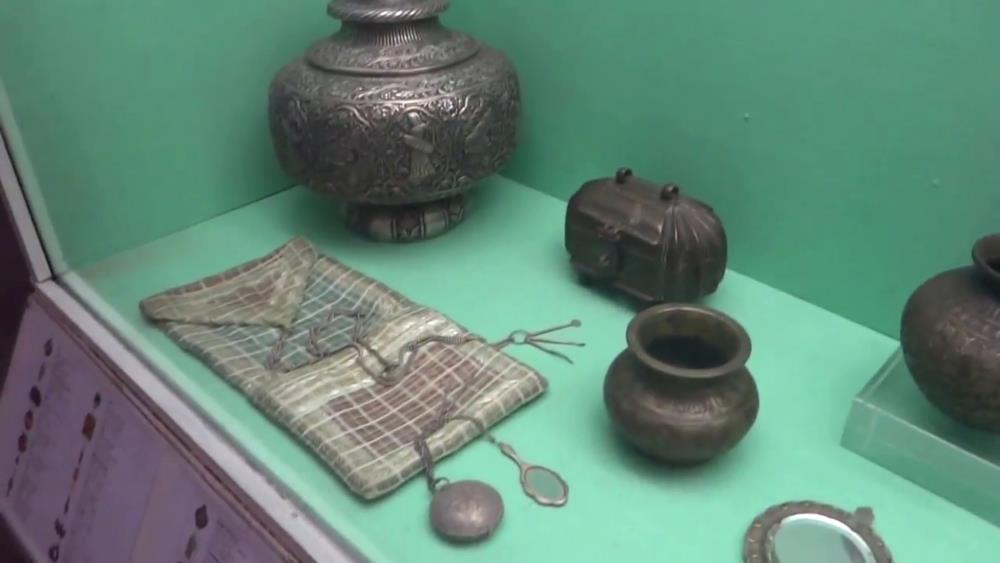
By 1955, the National Museum building had been built in New Delhi, and it officially opened in 1960. Today it has more than 200,000 different works of art, manuscripts, weapons, armor, they would be the envy of the British National Museum.
Stupa in Sanchi
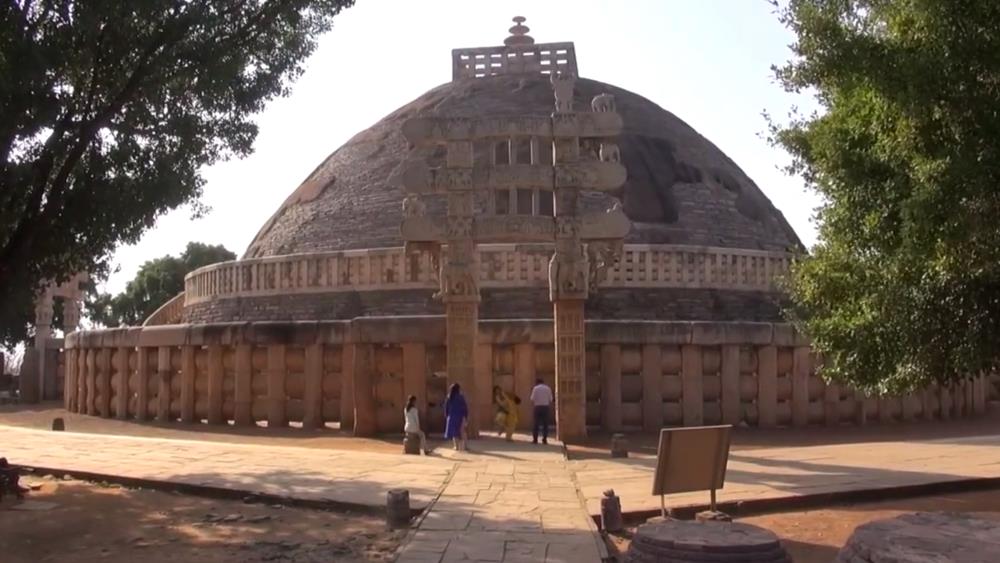
Sanchi is a small Indian village in Madhya Pradesh, where in the 3rd century B.C. The first Buddhist stupa in the world, an ancient cult structure in the form of a hemisphere, was erected by order of Emperor Ashoka.
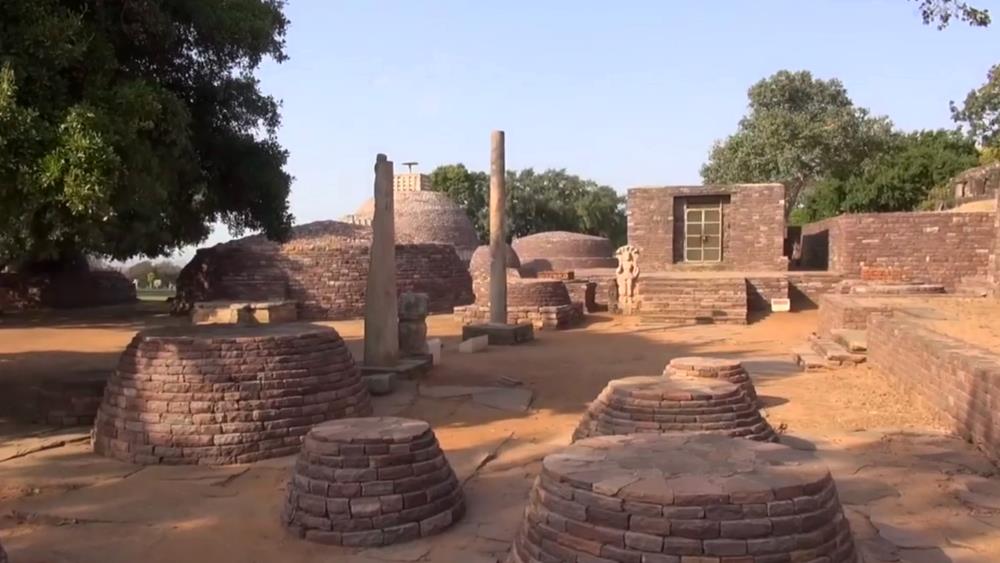
Five centuries later the Great Stupa was looted and destroyed, but after some time, it was erected again and on a much larger scale. Today this unique, one-of-a-kind attraction in India is sought after by Buddhists from all over the world.
Hawa Mahal Palace
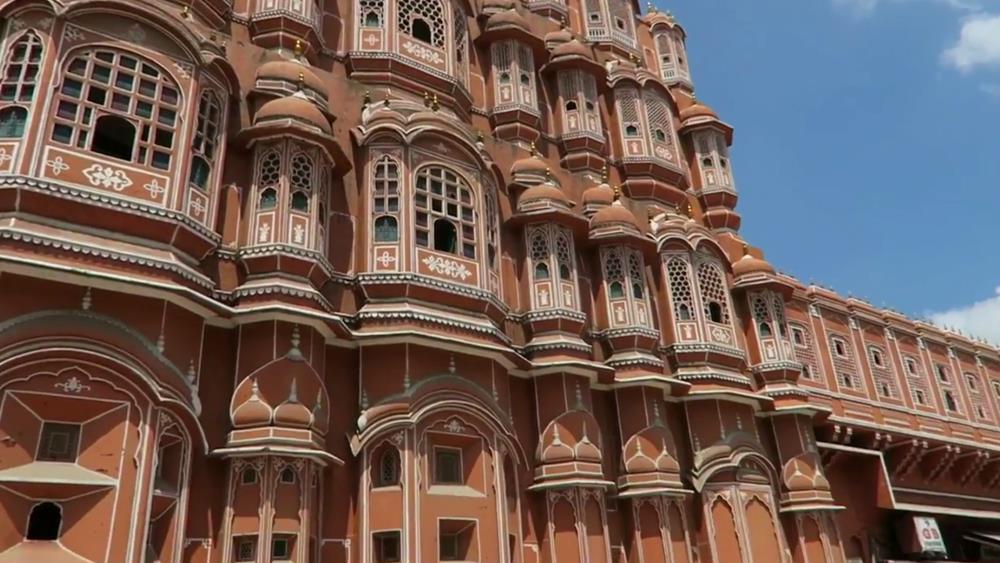
This historical and architectural monument is located in Jaipur. It was built of pink sandstone in the late 18th century by the local Maharaja for his harem. Hava Mahal is also called the Palace of the Winds because it is pierced with small windows.
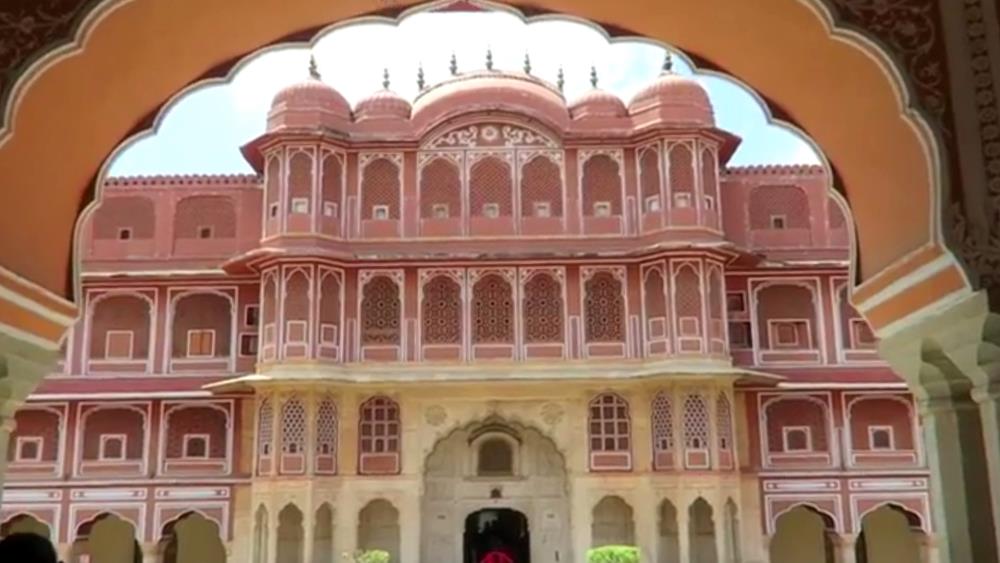
Today this palace is the main attraction of the city, which is visited by tourists from all over the world, and a sample of Jaipur architecture of those times, entered in many textbooks of history, culture and art.
Sightseeing in India on the map
Video overview of sights in India
Today, India is developing rapidly and moving forward by leaps and bounds. But its residents have not forgotten their history and culture. They carefully preserve all their monuments and are happy to show them to guests and tourists who come to their ancient country.
